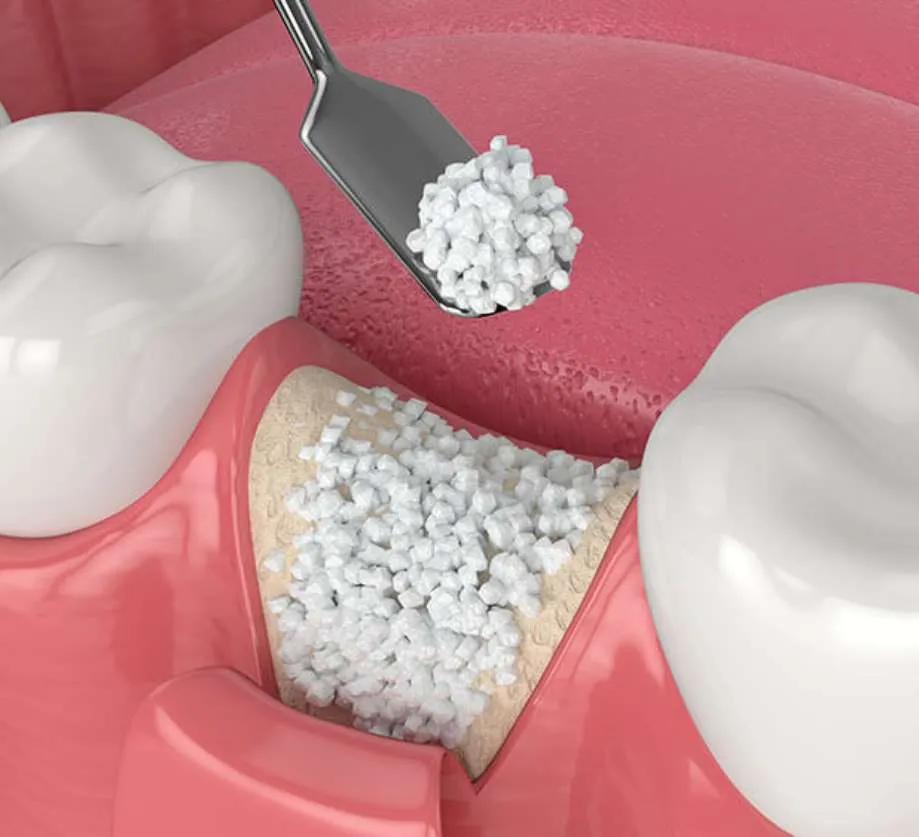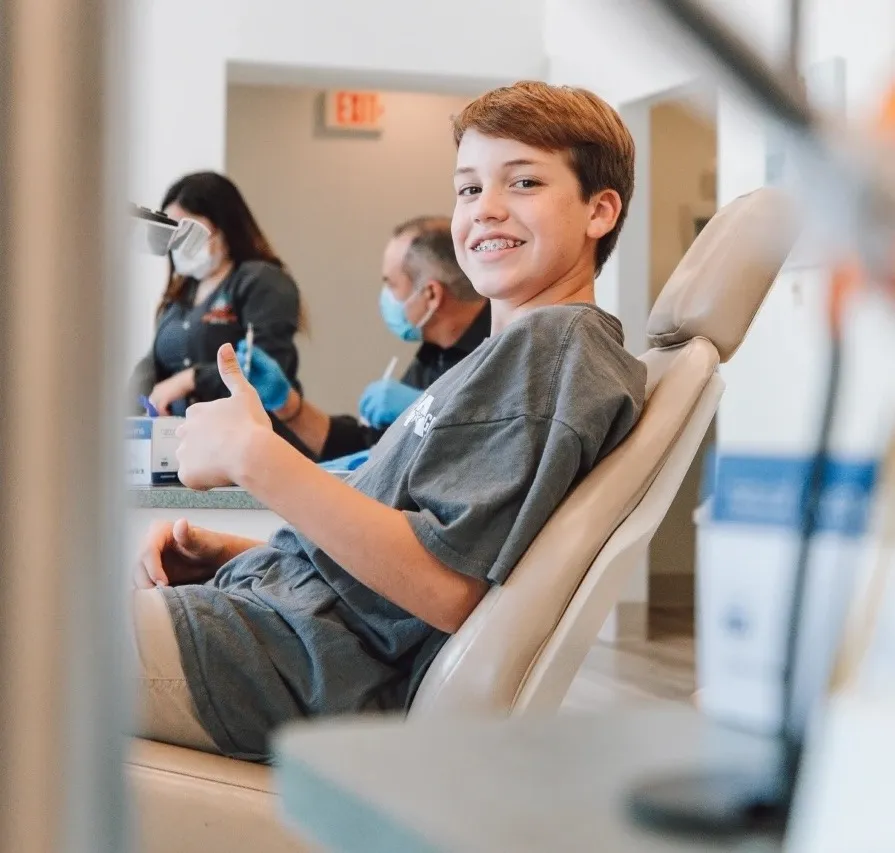Ridge Augmentation: Bone loss in the jaw due to tooth loss, trauma, or periodontal disease can lead to a diminished ridge (the bone that supports the teeth). Bone grafting can augment the ridge to restore its height, width, and contour, providing a more stable foundation for dental prosthetics.
Socket Preservation: After tooth extraction, bone grafting may be performed to preserve the bone in the extraction socket and minimize bone resorption. This helps maintain the bone volume and facilitates future implant placement.
Sinus Lift (Sinus Augmentation): In cases where the upper jaw lacks adequate bone height for implant placement in the posterior region, a sinus lift procedure may be performed. Bone graft material is added to the sinus floor to increase bone height and create a suitable environment for implant placement.
2. Types of Dental Bone Grafts:
Autografts: Bone tissue harvested from the patient’s own body, typically from the chin, jaw, or hip. Autografts offer excellent compatibility and bone regeneration potential.
Allografts: Donor bone tissue sourced from human cadavers. Allografts are processed to remove cells and minimize the risk of rejection, providing a readily available bone graft material.
Xenografts: Bone tissue derived from non-human sources, such as bovine (cow) or porcine (pig) sources. Xenografts are processed and sterilized for safe use in humans.
Synthetic Bone Grafts: Biocompatible materials, such as calcium phosphates or bioactive ceramics, that mimic the properties of natural bone and promote new bone formation. Synthetic bone grafts are often used as alternatives to natural bone grafts.
3. Procedure:
Evaluation: Before the procedure, the patient undergoes a comprehensive dental examination, including imaging studies (X-rays, CT scans) to assess bone quality and quantity.
Graft Placement: During the surgery, the bone graft material is placed into the deficient or damaged area of the jawbone. The graft material may be secured with screws or pins, and a barrier membrane may be used to protect the graft and promote healing.
Healing and Integration: Over time, the bone graft material integrates with the surrounding bone tissue, stimulating new bone growth and enhancing bone volume and density. The healing process typically takes several months, during which the patient’s bone undergoes remodeling and maturation.
4. Post-Operative Care:
Pain Management: Patients may experience some discomfort or swelling following bone grafting surgery. Pain medication and cold compresses can help alleviate these symptoms.
Diet and Oral Hygiene: Patients are advised to follow a soft diet and avoid chewing on the surgical site during the initial healing period. Good oral hygiene practices, including gentle brushing and rinsing with an antimicrobial mouthwash, are essential to prevent infection and promote healing.
Follow-Up Appointments: Regular follow-up appointments are scheduled to monitor the healing progress, assess bone integration, and plan for any additional treatments, such as dental implant placement.
Dental bone grafting is a valuable procedure that allows for the restoration and regeneration of bone tissue in the jaw, providing essential support for dental implants and improving overall oral health and function. If you’re considering bone grafting for dental purposes or have questions about the procedure, consult with a qualified dental professional for personalized advice and treatment recommendations.


